Legal Update! New California Housing Laws in 2025
Written by Lucie Hollingsworth and Ethan Strull.
Welcome back, all of you Marin housing policy wonks!
While you were all paying more attention to the presidential race, state propositions, and our local tenant protections, our state legislators were dutifully busy pushing laws through to chip away at making California a more affordable and just place. At least something good came out of 2024… That’s right! It’s time for our annual review of New California Housing Legislation.
Produce, Preserve, Protect
While there are no headline-grabbing state laws this year (our headlines have many other weighty concerns), there are some meaningful changes to how we will Produce, Preserve and Protect housing moving forwards. All these laws are hot off the press and have already become part of California law!
Let’s first talk about production, because let’s face it, no one wants to talk about the hot potatoes that tenant protections and social justice have become.
Strengthening the Builder’s Remedy
(AB 2023, AB 1886 and AB 1893)

First, let’s define “Builder’s Remedy”: when localities’ housing elements do not comply with state law, developers can propose housing projects that do not comply with certain local zoning and general plan requirements. Theoretically, they could build a 50 story apartment building in a single-family home neighborhood. It’s the stick approach for NIMBY cities resistant to proactively planning for the affordable housing we so desperately need.
This stick has been very lightly used. There have been very few Builder’s Remedy projects. The few threatened in wealthy neighborhoods and proposed in Marin were primarily used by developers to pressure approval of an otherwise compliant project. Although there has been much discussion over Builder’s Remedy, the law was so vague that developers have not trusted it.
These bills provide greater clarity as to when a housing element is out of compliance and in what ways local zoning and general plans can be overwritten. This law also expands Builder’s Remedy to include mixed-use developments BUT (we can’t hide our disappointment here) reduces the inclusionary requirement from 20% affordable units to 7% Extremely Low-Income, 10% Very Low-Income, or 13% Low-Income. Overall, we hope these changes will make the Builder’s Remedy a more reliable tool for developers moving forwards. Plenty of work to do still to get more affordable options on the market!
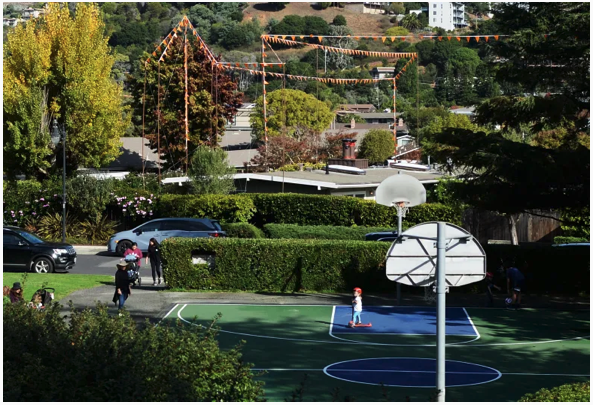
Extension of ADU Amnesty Law to ADUs Build Before 2020
Let’s move on to the bill with the coolest name in housing of the 21st century: The Chicken Shack Bill. At least, that’s our name for it, but others know it as AB 2533 by Assemblymember Juan Carrillo. What’s a Chicken Shack? It’s a garage, granny unit, Junior Accessory Dwelling Unit (JADU), or Accessory Dwelling Unit (ADU) that lacks proper permits to be rented out. While unpermitted, in the real world these provide essential homes for renters and income for homeowners (as long as they are fit for human habitation, of course).
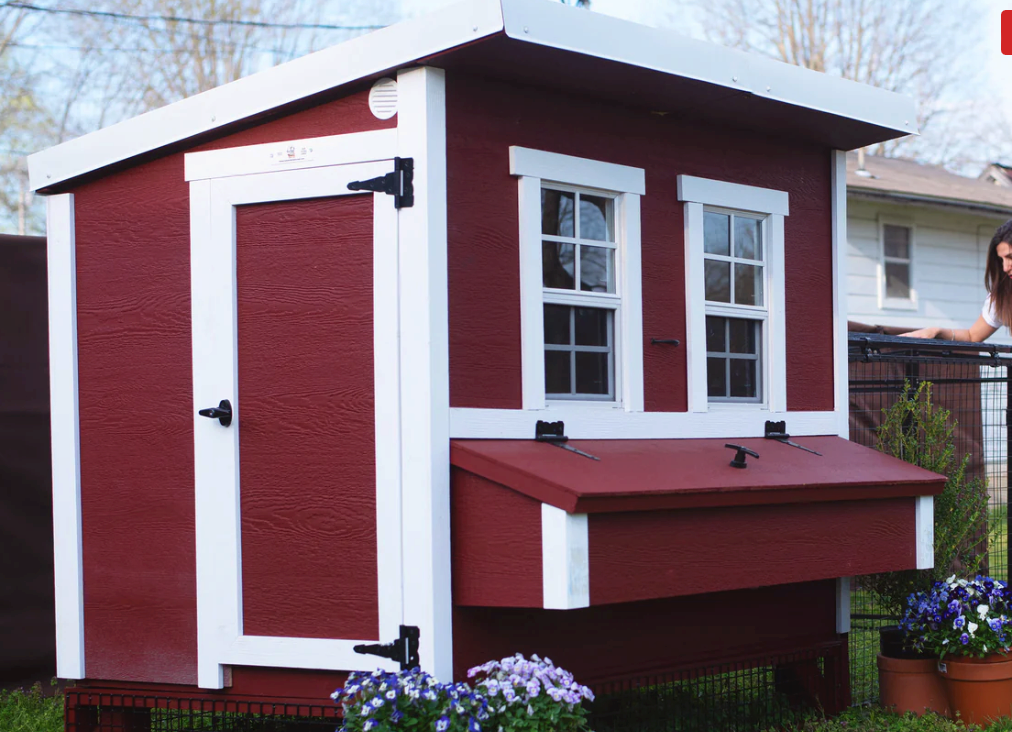
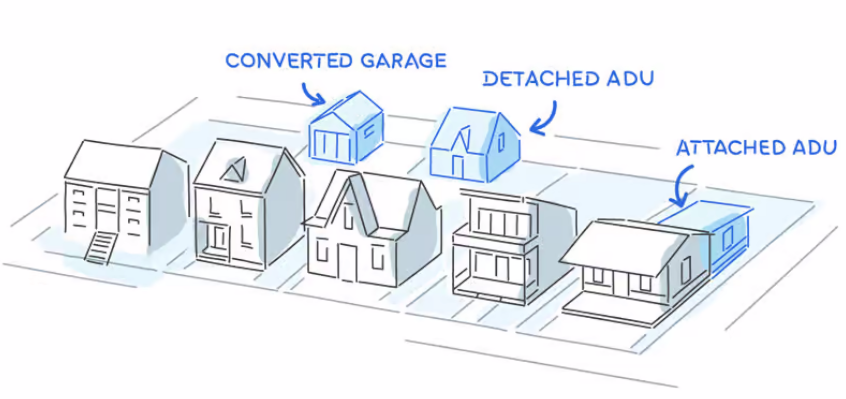
Current law only allows for localities to block permitting for older unpermitted ADUs when the code violation is “necessary to protect the health and safety of the public or the occupants of the structure.” This is good, right? While ensuring ADUs are safe is crucial, the application process can be costly and complicated– making it unattainable for low-income homeowners. For those homeowners who built your ADUs prior to 2020, this bill will make it a lot easier to get that unit permitted. It will require local agencies to proactively inform the public on health and safety provisions by providing clear checklists, encourage homeowners to use confidential third-party code inspections before applying, and offer follow-up inspections for units that fail in their first application. It would also prohibit fees, charges and penalties that are barriers for homeowners to permit new housing units. Homeowners: it is now easier than ever to get your Chicken Shack approved! And, as an unintended good consequence, it removes a very common and unspoken motivation behind opposing tenant protections (Fairfax – time to clean up your permitting process).
Six Bills to Reduce the Cost of Building Housing
AB3177/ SB937/AB2729/ SB1210/AB1820/ AB3012
And speaking of the permitting process – our legislators have been listening – it is way too expensive to build housing in California! Of course, part of this is due to the cost of land and labor, but we are increasingly aware that our permitting processes are a barrier to developers building the housing we need. These six bills make fees more transparent, delay fees until after construction, reduce fees for mitigating traffic when housing is located near transit, and extend entitlements through legal challenges. Unless you’re a developer, you won’t use them. But you will see more housing penciling out and getting built as a result!
Closing Rent Stabilization Loopholes for Affordable Housing
For our highlighted Tenant Protection bill of the year, AB 846, let’s start with a brief history lesson. The year is 2019. California lawmakers are on the cusp of passing the most wide-sweeping bills to stabilize rent and prevent arbitrary evictions: the Tenant Protection Act (TPA). On one side, tenant advocates are carefully optimistic, and on the other side the California Apartment Association is notably neutral. This was nothing like our exorbitantly expensive political battles from last year’s election cycle. Why? In part, because concessions like the exclusion of affordable Low Income Housing Tax Credit (LIHTC) properties would not drastically affect many landlords’ bottom line.
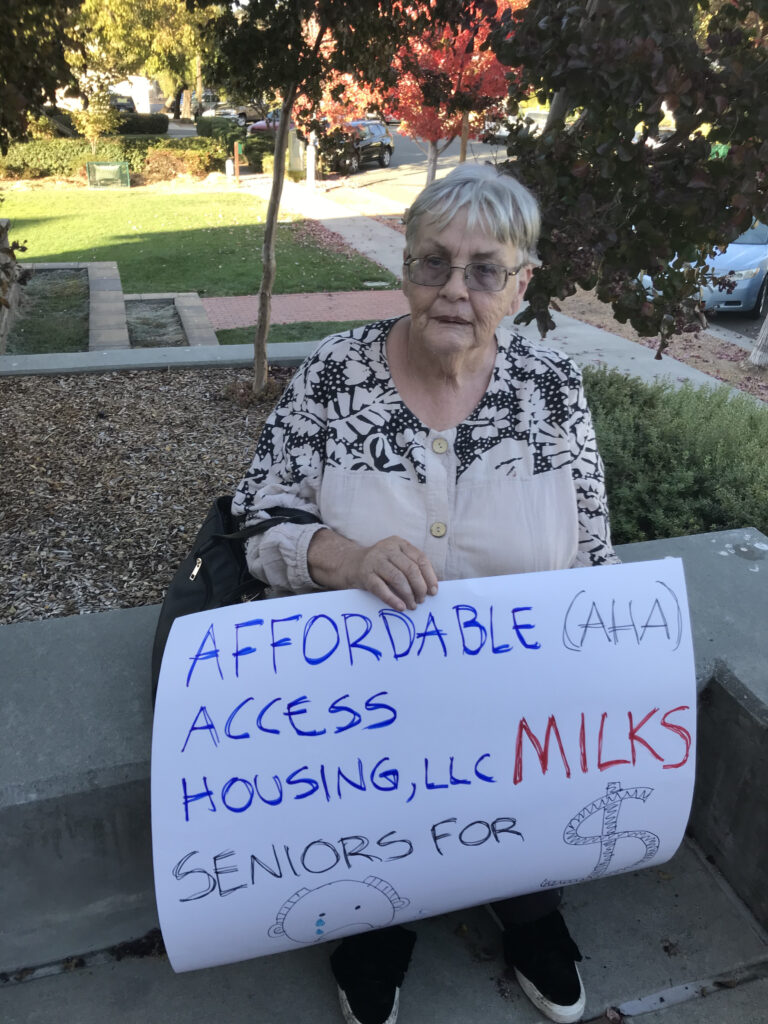
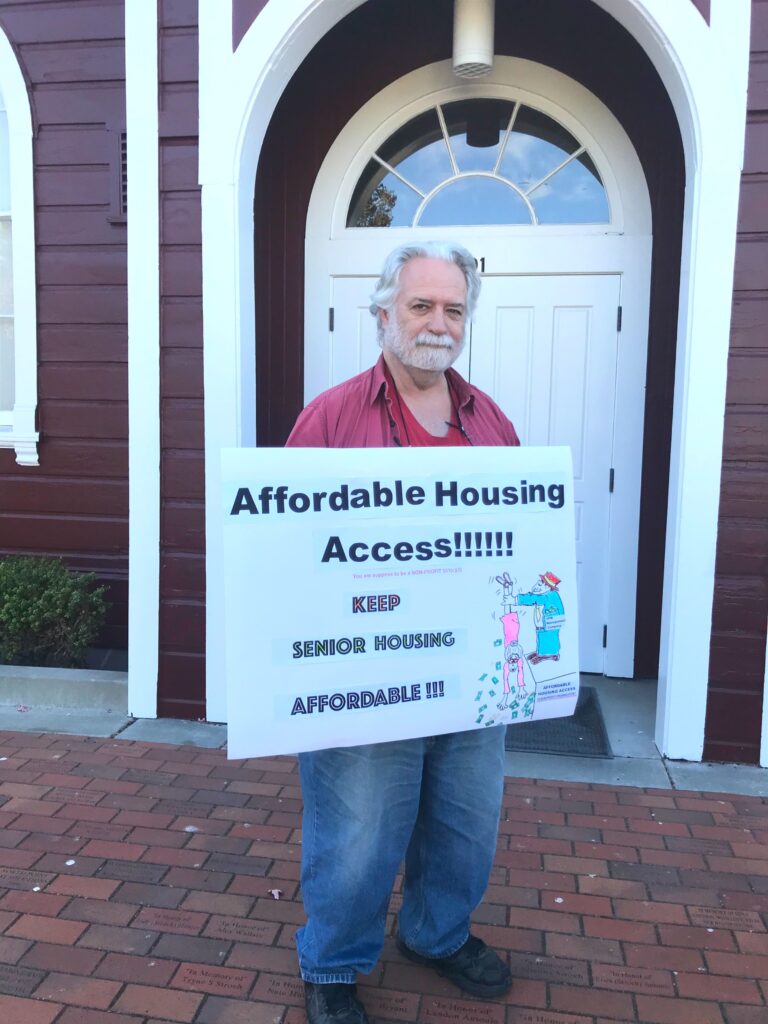
You might think that excluding affordable housing from tenant protections is not a big deal. The owners of affordable housing must be well-intentioned, right? Well, take a look at this report. In the Bay Area, roughly half of LIHTC homes are owned by profit-seeking actors. While LIHTC housing is supposed to be “affordable,” the maximum rent is tied to Area Median Income (AMI), not the income of tenants themselves. In wealthy places like Marin, AMI has skyrocketed over the past decade, allowing landlords to almost double rents between 2015 and today. The above report highlights the experiences of Novato LIHTC tenants who became cost-burdened from yearly increases.
While brand new LIHTC properties already have protections, AB 846 establishes rent limits tied to income and directs the California Tax Credit Allocation Committee to adopt a rent increase cap for existing LIHTC properties by June 30, 2025. Some details remain to be seen, but closing this arbitrary exclusion from the TPA will increase overall affordability and prevent drastic rent increases causing deplacement for many low-income Marin tenants. While we still have a long way to go to ensure affordability throughout the entire tenancy in a LIHTC home, kudos to the brave tenants pictured here who have been valiantly fighting this battle since 2019.
Wrapping up
These are just several laws out of many that will make a big difference in the California housing world. These laws are critically important in addressing our housing crisis. While the Marin IJ and some residents complain that the current legislation has gone too far, the status quo in Marin persists, as racial segregation, high displacement, and low housing production are ongoing. There is much more work to do!
Read about more pro-housing legislation here, including how our local legislators voted!
Thanks to all who helped get these important bills through–from tenants to legislators and everyone in between. We look forward to working with you to change systems, laws and hearts to make Marin a better place in 2025.
R E S O U R C E S
Explore the broad library of resources on our website including news, policy statements, advocacy, upcoming meetings, fact sheets and backgrounders on affordable housing – and the lack of it – in Marin. If you have any questions or suggestions, contact us here>>

You can be a part of MEHC’s important work by reading & sharing our monthly PERSPECTIVE newsletters, joining our weekly COMING UP IN HOUSING email list (signup here>>), participating in our advocacy campaigns, and also, if you can, by donating >> to help defray our expenses. Thank you.

